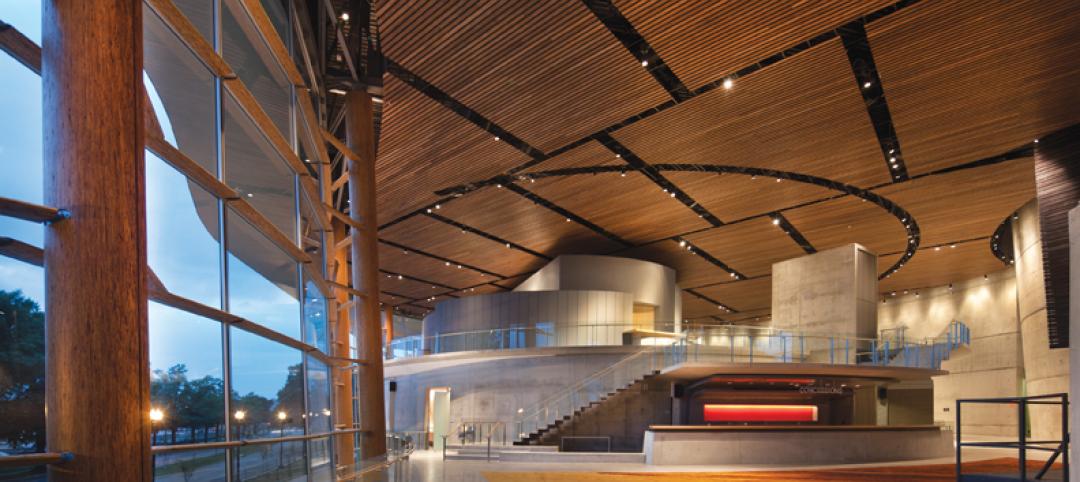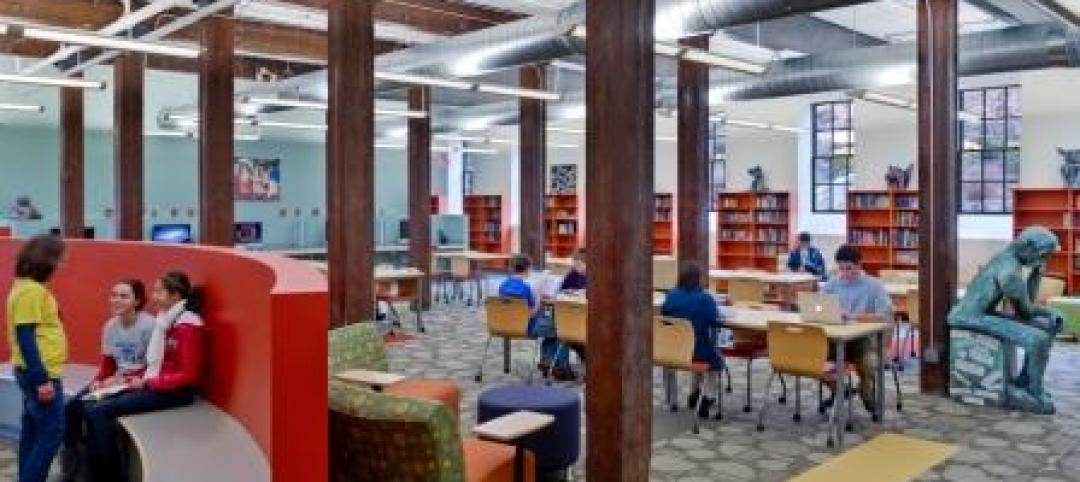Established on the South Coast of New South Wales in 1980, Edmiston Jones (EJ) is an architectural firm based in Nowra, Wollongong and Batemans Bay. The practice has grown to a solid architectural team consisting of qualified architects supported by technicians and clerical assistants. Their prime objective is to provide highly creative and innovative design solutions delivered with a clear management process that keeps clients involved and informed. Environmentally sensitive buildings that maximize site opportunities, while responding to climate and context, are the outcome of their design process.
Challenges
Edmiston Jones was in need of a simple and efficient billing process. Employees used to manually enter their time into Excel and then produce invoices on a separate system based on the spreadsheet calculations. “Using one system to enter data and then transferring this data to different software to create invoices and reports was very time consuming and open to errors”, said Lesley Drysdale, Accounting Manager of EJ. She wanted a software product that would streamline the entire process and automate time and expense tracking, billing, invoicing and reporting for her firm.
Solution
Since EJ employees primarily use Apple computers, they needed a solution that was compatible with Macs. The Executive Assistant at EJ was in charge of the product evaluation process and she found that there were not many Mac-based solutions available that were easy to use and had the functionality that they were looking for. After researching online, she stumbled upon ArchiOffice and was immediately attracted to the product’s intuitive and streamlined design, robust features and high level of value for a reasonable price. She requested a live demo to see the software in action and was not disappointed by the presentation.
Benefits & Results
Smart Project Management
Since installing ArchiOffice, employees at EJ have had great experiences working with the software. Lesley mentions that the firm heavily uses the project management and reporting features: “Project leaders use the tasks and time sheet reports in ArchiOffice to manage their time and percentages on a weekly basis. Also, phases and job codes work well - we have a few projects that use consultants as part of our fee, so sub-phases are a great way to manage this as well as producing reports. The Budget vs. Actual Report gives us the necessary information for our monthly billing cycle and the best part is we can invoice from the same software that we use to track time.”
Robust Reporting
“I use the Report section quite a lot to produce information relevant for our quarterly review meetings where we document staff percentages, non-chargeable time, write ups and downs per project and per project type, fee proposal success, professional development accrual, etc.”, Lesley continued.
Efficient Billing
When asked about how ArchiOffice has increased her firm’s efficiency, Lesley said, “Invoicing has become more streamlined and easier to manage, especially on large projects with consultants. Productivity has increased dramatically as we spend less time on managing projects since all relevant information is in one place.”
About BQE ArchiOffice:
ArchiOffice is a simple-to-use project management and time tracking software created by architects, for architects. It offers mobility that meets your needs in an intuitive and streamlined design that works across all major platforms.
To learn more about ArchiOffice or schedule a free demo today, visit here.
Related Stories
| Feb 1, 2012
New ways to work with wood
New products like cross-laminated timber are spurring interest in wood as a structural material.
| Feb 1, 2012
Blackney Hayes designs school for students with learning differences
The 63,500 sf building allows AIM to consolidate its previous two locations under one roof, with room to expand in the future.
| Feb 1, 2012
Two new research buildings dedicated at the University of South Carolina
The two buildings add 208,000 square feet of collaborative research space to the campus.
| Feb 1, 2012
List of Top 10 States for LEED Green Buildings released?
USGBC releases list of top U.S. states for LEED-certified projects in 2011.
| Feb 1, 2012
ULI and Greenprint Foundation create ULI Greenprint Center for Building Performance
Member-to-member information exchange measures energy use, carbon footprint of commercial portfolios.
| Feb 1, 2012
AEC mergers and acquisitions up in 2011, expected to surge in 2012
Morrissey Goodale tracked 171 domestic M&A deals, representing a 12.5% increase over 2010 and a return to levels not seen since 2007.
| Jan 31, 2012
AIA CONTINUING EDUCATION: Reroofing primer, in-depth advice from the experts
Earn 1.0 AIA/CES learning units by studying this article and successfully completing the online exam.
| Jan 31, 2012
28th Annual Reconstruction Awards: Modern day reconstruction plays out
A savvy Building Team reconstructs a Boston landmark into a multiuse masterpiece for Suffolk University.
| Jan 31, 2012
Chapman Construction/Design: ‘Sustainability is part of everything we do’
Chapman Construction/Design builds a working culture around sustainability—for its clients, and for its employees.
| Jan 31, 2012
Fusion Facilities: 8 reasons to consolidate multiple functions under one roof
‘Fusing’ multiple functions into a single building can make it greater than the sum of its parts. The first in a series on the design and construction of university facilities.
















